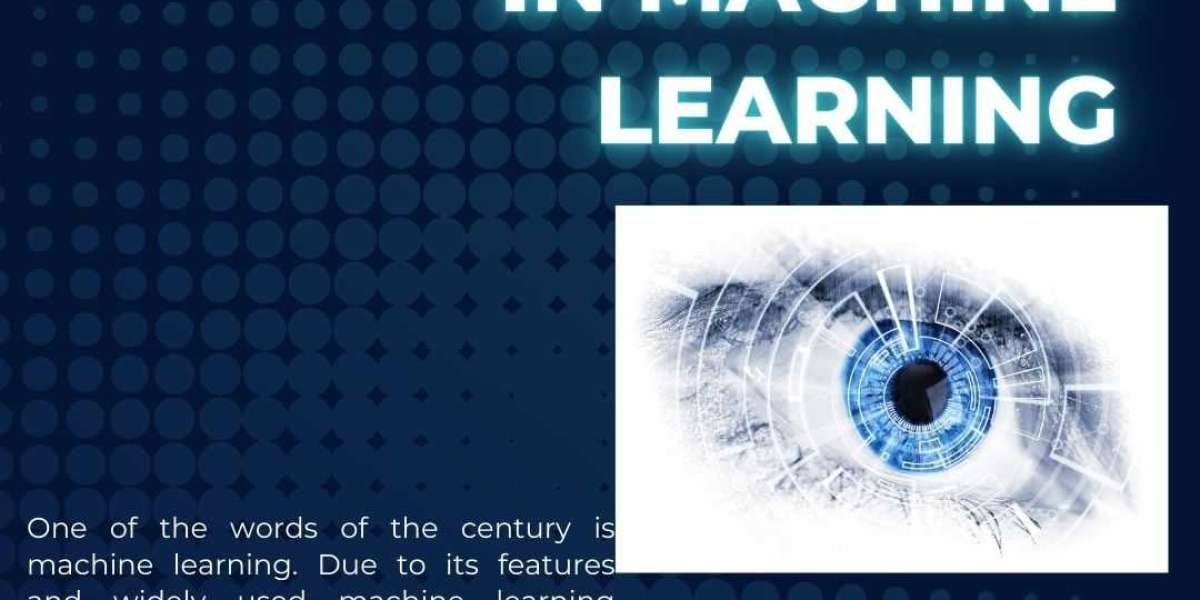The solution to all of these queries is one of the most basic activities we have all likely been engaged in from childhood. When in school, we were frequently tasked with filling in the blank alphabets to estimate which number would come next in a series or to connect the dots to finish the image. Analyzing the pattern the given numbers or alphabets followed was necessary to forecast the missing number or alphabet. This is what pattern recognition in machine learning involves.
How does pattern recognition work in ML?
Pattern recognition is the process of identifying global or local trends in a certain pattern. Anything that follows a trend and demonstrates some degree of regularity is considered a pattern. Pattern recognition can be accomplished physically, mathematically, or by using algorithms. When we discuss pattern recognition in machine learning, we are referring to applying powerful algorithms to find patterns in the provided data. Pattern recognition is a key component of many contemporary technical domains, including computer vision, speech recognition, face identification, etc.
Different Pattern Recognition Algorithms in Machine Learning
Automated Algorithms
A classification describes the supervised technique to pattern recognition. These algorithms identify the patterns using a two-stage process. The creation of the model happens first, followed by the prediction of newly discovered or unknown objects. You can register for a reputed and accredited Machine Learning Course in Hyderabad, co-powered by IBM.
- Divide the provided data into two sets: the training set and the test set.
- Use a suitable machine learning algorithm to train the model, such as support vector machines (SVM), decision trees, random forests, etc.
- The process through which the model learns or recognizes the patterns in the provided data to make appropriate predictions is known as training.
- Already predicted values are included in the test set.
Unsupervised Algorithms
These algorithms use a group-by approach instead of the supervised algorithms for patterns, which employ training and testing set sets. To generate a prediction, they look for trends in the data and categorize the items depending on how similar their properties, such as dimensions, are. Consider a basket filled with various fruits, such as apples, oranges, pears, and cherries. We presumptively don't know the fruits' names. The data is maintained as unlabeled. Imagine that we find ourselves in a situation where someone requests us to identify a new fruit that has been added to the basket. In this case, we employ a clustering principle.
- Clustering groups or combines objects with similar properties.
- In order to identify a new product, no prior information is available.
- They employ machine learning techniques like k-means and hierarchical clustering.
- A group is tasked with making a forecast about the new thing based on its characteristics or traits.
Machine learning Tools for Pattern Recognition
- Amazon Lex is an open-source program/service offered by Amazon for creating chatbots and other intelligent conversational agents utilizing text and speech recognition.
- Google Cloud AutoML – With this technology, machine learning models of the highest caliber may be constructed quickly. Recurrent neural networks (RNNs) and reinforcement learning are the foundation for building the models.
- R-Studio is a coding environment that makes use of the R programming language. Creating and testing pattern recognition models is an integrated development environment.
- IBM's Watson Studio - An open-source tool for data analysis and machine learning is called Watson Studio, which IBM offers. It is used on a desktop to develop and deploy machine learning models.
- Machine Learning Studio for Azure - This Microsoft-offered tool builds and deploys machine learning models using a drag-and-drop method. It offers a GUI-based model building and application environment (Graphical User Interface).
Positive Aspects of Pattern Recognition
- It aids in the recognition of objects at various angles and distances.
- Simple and entirely automated
- It's not complicated science and doesn't call for original thought.
- Highly beneficial for making accurate sales estimates in the financial sector.
- Efficient fixes for current issues.
- Useful for DNA (Deoxyribonucleic Acid) sequencing and forensic analysis in the medical field.
Summary
One of the words of the century is machine learning. Due to its features and widely used machine learning applications, it is in great demand. With its incredible powers, it has transformed all industries. Pattern recognition, data mining, analysis, and other areas are some of the many topics and applications of machine learning.
The application of pattern recognition in machine learning is widespread in both technical and non-technical industries nowadays. The research and display of numerous patterns have benefited from it. Not only has it made analysis and prediction more effective and simple, but it has also improved career opportunities in the industry. For the purpose of creating accurate forecasts, prestigious corporations like Microsoft, Google, and Amazon are seeking candidates with expertise in pattern recognition and data analysis. Thus, we may state that pattern recognition is one of the most cutting-edge areas of machine learning. Also, refer to Learnbay's Data Science Course in Hyderabad to upgrade your knowledge and skills.







